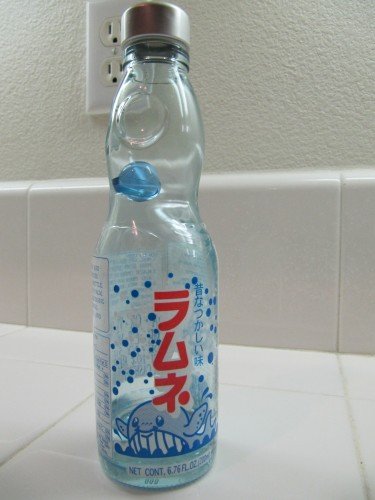How to Roast Perfect Pumpkin Seeds
A Simple Fall Treat from Your Halloween Pumpkin
Mmm, I love pumpkin seeds! They look good, right?
Simple Roasting Instructions
Pre-heat your oven to 300 degrees Fahrenheit (ca. 149 degree Celsius).
Toss seeds in a bowl with one to two tablespoons of melted butter or olive oil.
- You can use margarine instead of butter, or substitute another type of oil for the olive oil.
- For a lower-fat version, skip the oil and butter and use cooking spray on your baking pan (I didn’t).
Place in a single layer in an oven-safe dish or on a baking sheet.
Sprinkle with salt.
Bake for 30–40 minutes, or until they start to brown, stirring every 10 minutes.
Try These Flavor Variations
Sweet & Spicy
Add 1 tablespoon brown sugar, 1/2 teaspoon cinnamon, and a pinch of cayenne before roasting.
Garlic Parmesan
Toss with garlic powder and grated parmesan cheese after roasting while still warm.
Ranch Style
Use a tablespoon of ranch seasoning mix with your oil before roasting.
Pro Tips for Perfect Seeds
- Clean thoroughly: Rinse seeds well to remove all pumpkin pulp before roasting.
- Dry completely: Pat seeds dry with paper towels or let them air dry for a few hours before coating with oil.
- Season to taste: Salt is classic, but don’t be afraid to experiment with other seasonings!
- Store properly: Once completely cool, store in an airtight container for up to 2 weeks.

